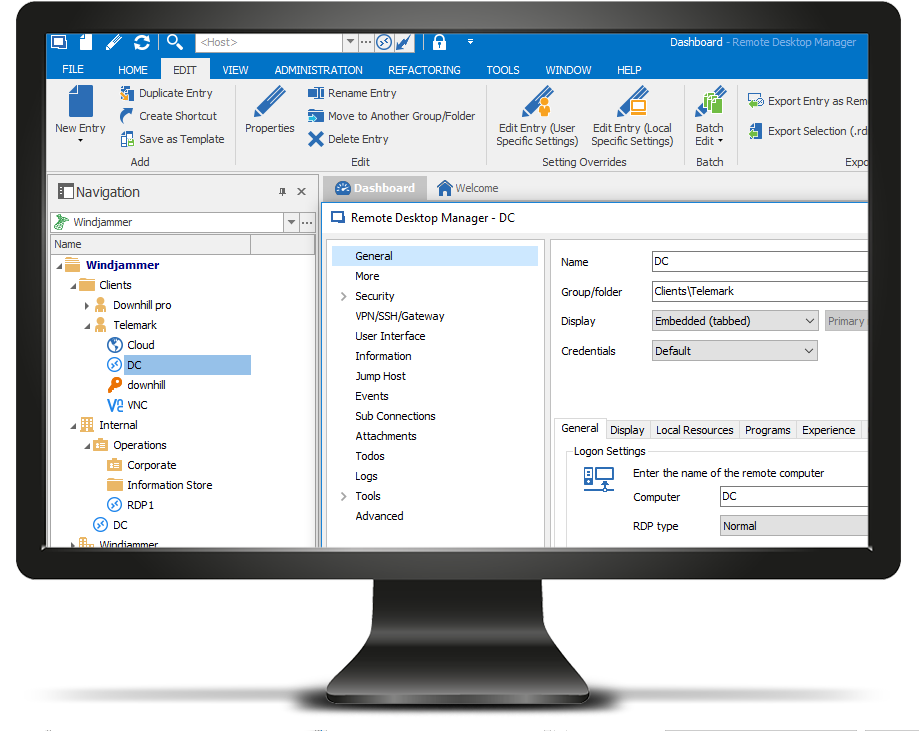

I have no idea as to what File Manager Chromium insists on using and I would like to force it to use Dolphin.Ĭan anyone please show me or point me to a I followed your instructions by here /a/1206153/124466 and it all worked well, however even though the first instruction was to uninstall the existing version of Chromium, I now have two Chromiums one Snap and one Deb. The issue I have (and I spent many hours looking for an answer) is that when I save anything from Chromium, it saves using a "Save File" window that forces me to double click, shows files and folders in mixed up in alphabetical order and no favourites. 114 (Official Build) snap (64-bit)ĭolphin is my default File manager and I customised its favourites and use single click to open files and directories. 1 Change Chrome.exe target Since it is a default setting in Chrome, which means it is configured to run multiple processes for each tab, utility and extension. Always test the settings before using them in your production environment.Chromium Version. Note that using a user agent that mimmicks another browser can lead to display problems with a webpage. This example uses the user agent string of Edge (Chromium engine).
Chrome file manager Offline#
"full": "Mozilla/5.0 (Windows NT 10.0 Win64 圆4) AppleWebKit/537.36 (KHTML, like Gecko) Chrome/.114 Safari/537.36 Edg/89.0.774.76" If the option to make a file available offline is disabled (greyed out), open the document in Chrome, go to File and select Make available offline.
Chrome file manager full#
The option to replace the full user agent string with a custom one looks like this: "url": "*/*", This is how more than one looks like: "urlSpecificUserAgents": [

You can have as much different specific user agents as you need. In this example SiteKiosk Windows is added to the default user agent for the specified page, while other pages receive the default user agent. This is how adding something to the default user agent for a specific URL looks like (as you can see, wildcards (*) are supported): "url": "*/*",

There are two options, you can either just add something to the default user agent of SiteKiosk or you can fully replace the user agent. Look for urlSpecificUserAgents in the file and create entries for your URL(s). You can do this with SiteKiosk Windows by editing the configuration file of SiteKiosk with an editor like Notepad. So it can be useful to edit the user agent only for certain pages while on others the default user agent is used. Replacing the whole default user agent string of SiteKiosk instead of just adding something to it is described here (Chrome) and here (IE).īut a modification that helps on one website can lead to problems on another website. You can do that for the browser as a whole in the configuration of SiteKiosk under Start Page & Browser -> Customize. Where can you find the files app Open your Chromebook launcher and search for Files.
Chrome file manager how to#
In this article, we will explore the Files app, its features, and how to manage files on your Chromebook. For compatibility reasons or identification purposes it can be useful or even necessary to modify the user agent of the browser. The file manager in Chrome OS is called Files.


 0 kommentar(er)
0 kommentar(er)
